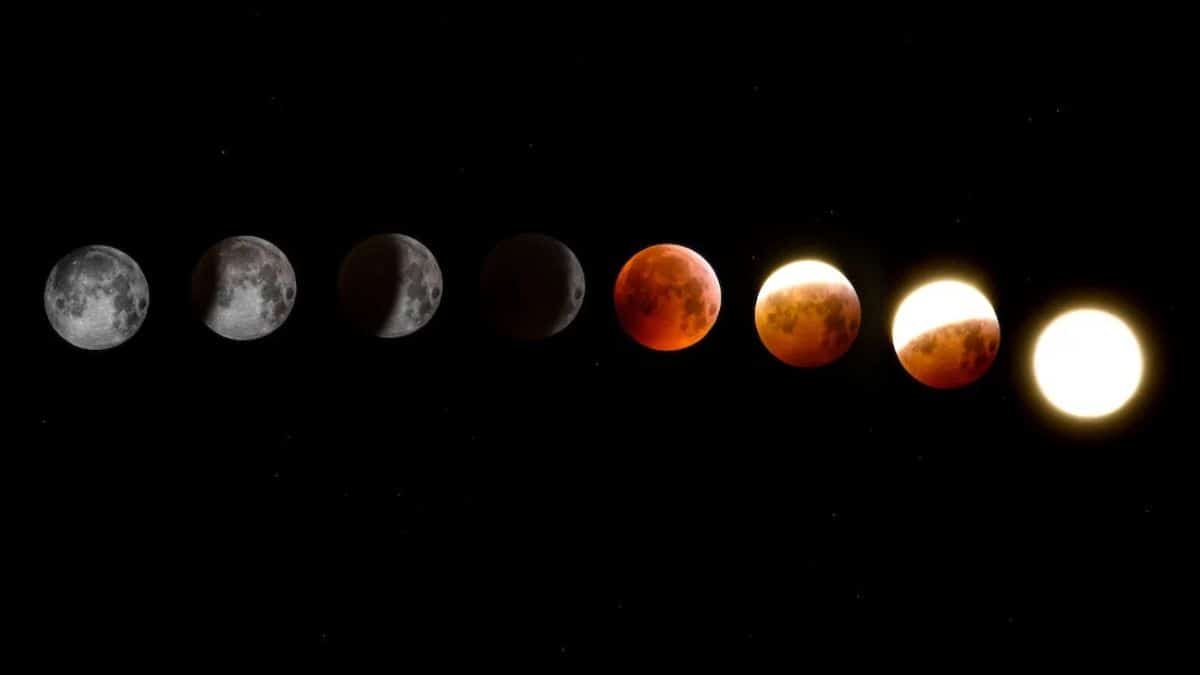The last part of the month of October is going to show a fascinating view from the universe. There will be a lunar eclipse at the end of this month. Tomorrow, i.e., on the midnight of 28th and 29th October will be the last one of this year. Scientifically, any eclipse is considered an astronomical event, but in astrology it is considered an inauspicious event. Sharad Purnima is also on the same day. This lunar eclipse is going to happen 14 days after the solar eclipse that occurred in America last week. After this, the next lunar eclipse is going to be seen on 7th September 2025.
Timing of the lunar eclipse in India
The last lunar eclipse of the year 2023 is going to occur in India on the night of October 28 and 29. This eclipse will begin at 1:05 pm on October 28 and will end at 2:24 am. This lunar eclipse, which is going to occur on the night of 28-29 October, will be partial. When the Earth’s shadow falls on some part of the Moon, then it is called a partial lunar eclipse. Suck an eclipse does not last long.
Where will the lunar eclipse be visible?
The lunar eclipse occurring on Saturday night can be seen in various parts of India including Delhi, Mumbai, Chennai, Kolkata, Bengaluru, Hyderabad, Pune, Ahmedabad, Surat, Jaipur, Kanpur, Lucknow, Nagpur, Coimbatore, Nashik, Raipur, Bhopal, Jodhpur, Prayagraj, Dehradun and Patna. Apart from India, this eclipse can be seen in Europe, Asia, Australia, Africa, North America, North and East South America, Atlantic Ocean, Indian Ocean and Antarctica.
How to see lunar eclipse
Unlike a solar eclipse, no special glasses or telescope is required to view a lunar eclipse. It can be easily seen even with the naked eye. It is completely safe to view the lunar eclipse with the naked eye.
Why does lunar eclipse happen?
A lunar eclipse occurs when the Earth is positioned between the Sun and the Moon. This results in a shadow falling on the Moon. This phenomenon occurs especially during the full moon when the Sun, Earth and Moon are perfectly aligned. During a lunar eclipse, Earth blocks sunlight from reaching the Moon, giving the Moon a distinctive reddish-brown or orange colour.


